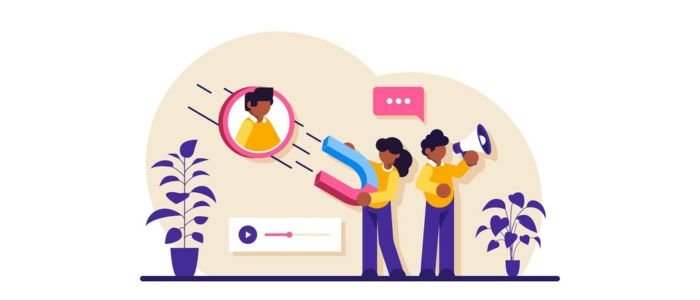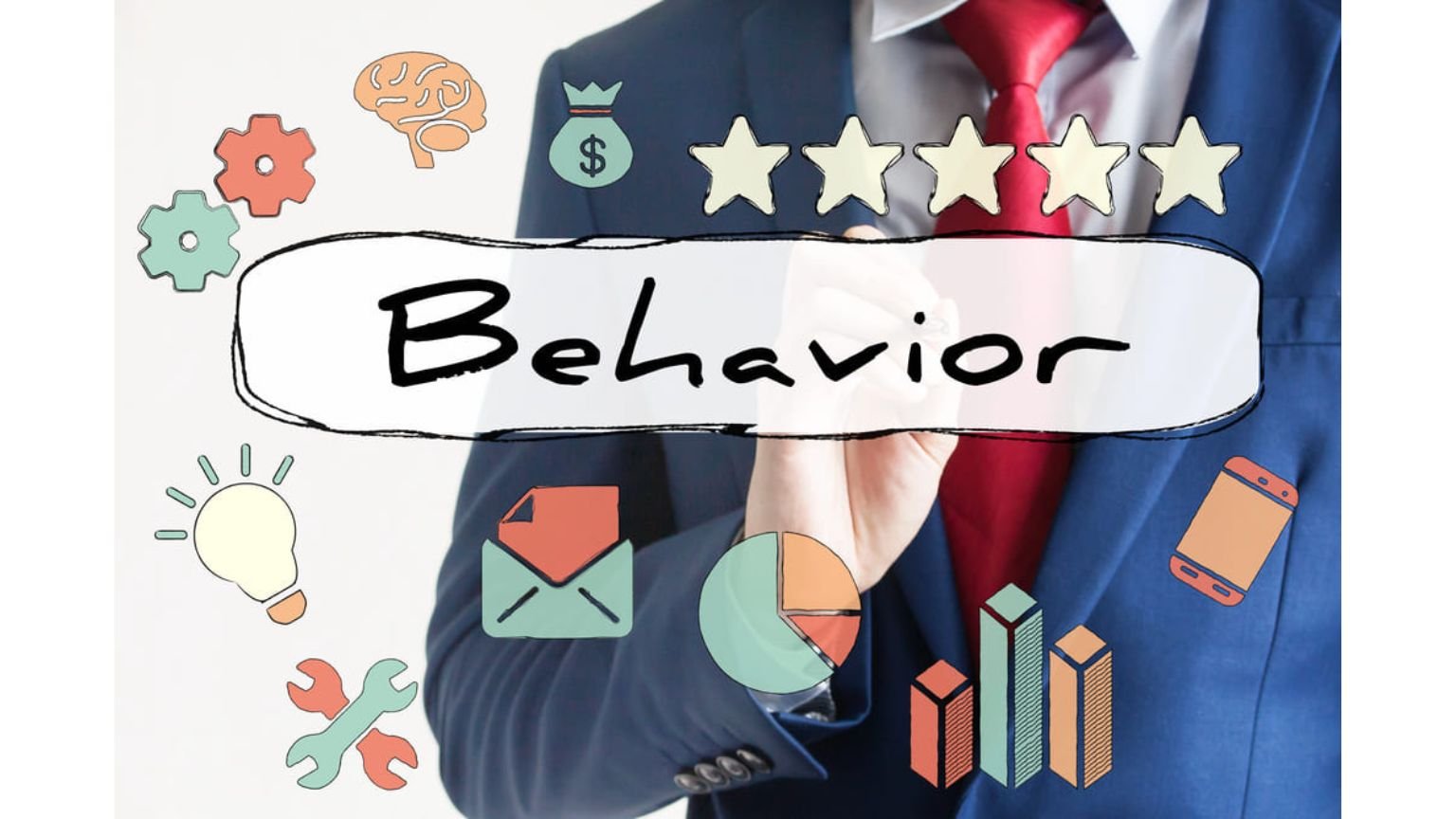Boosting Addiction Treatment Lead Quality with Behavioral Targeting
In addiction treatment marketing, success is measured by the quality of leads. Every inquiry or call represents a person with a crisis, making a transformative decision for themselves or a loved one. High-quality leads are individuals who require urgent help and have a clear intent. These individuals are directly asking about admissions, comparing rehab options, and searching for detox programs. By connecting with such audiences, treatment centers can ensure their outreach efforts are effective, reduce marketing costs, and increase admission rates.
Quality also matters since addiction treatment is a time-critical and sensitive field. A recovery center that engages with high-intent leads consistently maximizes the chances of getting prospects into treatment at the right moment and improves its own sustainability. Prioritizing quality over quantity yields a win-win scenario where treatment centers build healthier bottom lines and a stronger reputation, while patients receive appropriate and timely care.
What is Behavioral Targeting?
Behavioral targeting is a digital marketing strategy that aims to provide content or ads to individuals based on their online actions. Behavioral targeting leverages actual signals, like engagement with related content, time spent on specific pages, website visits, and search history. For instance, if a person spends time reading about inpatient rehab programs or searches for ‘alcohol detox near me’, these behaviors signal a strong interest in treatment. Behavioral targeting snags this intent and enables treatment facilities to present relevant resources or ads at the right time.
Just like that, if a visitor looks for a treatment center’s website but does not call, retargeting ads give them a gentle reminder to take the next step. Behavioral targeting is all about precision. It ensures that marketing messages reach people who need help and go beyond general advertising. For addiction treatment centers, this strategy respects the urgency of the situation by connecting individuals with the support they need and improves lead quality.
How Behavioral Targeting Works in Addiction Treatment Marketing?

Behavioral targeting works like a wonder for addiction treatment marketing since it focuses on individuals who are looking for help. By analyzing engagements and online actions, treatment facilities can reach people at the exact time when they need support. The global behavioral targeting market was valued at USD 10.5 billion in 2023 and is projected to reach around USD 29.8 billion by 2032, showing how powerful this strategy has become. This process relies on the following three main phases.
Phase 1: Tracking User Signals
The strongest signals of intent come from search behavior. When a person types different search phrases, it reveals a high level of relevance and urgency. These search terms are beyond regular browsing; they identify an individual who wants to take action. By targeting and identifying these signals, treatment facilities ensure their outreach efforts connect with the right audience at the right time.
Phase 2: Engagement with Related Content
Patients don’t search for ‘rehab’, some start their journey by getting information, like:
- Downloading resources about treatment costs and options
- Visiting forums where families share recovery advice
- Reading blog posts on the signs of addiction
This type of content creates engagement and results in a strong behavioral cue. It suggests that the person or their loved one may soon transition into seeking professional help, or is in the research stage. By analyzing such activities, treatment centers can target educational messages that navigate patients towards contacting a recovery center.
Phase 3: Retargeting High-Intent Visitors
Financial concerns, fear, uncertainty, or stigma, delay in decision-making. Retargeting enables treatment centers to become present during this unsettling moment. Via retargeting, patients can later see supportive ads as a reminder to them about helpline numbers, insurance verification, and available programs. This approach allows the treatment center to stay in the patient’s mind without being intrusive. Gradually, repeated exposures increases the chances of conversion and builds trust when the patient is ready to take the next step.
Why Behavioral Targeting Improves Addiction Treatment Lead Quality?
Behavioral targeting is the most effective method for improving addiction treatment lead quality. It focuses on people who display real signs of intent via their online actions, making each interaction more purposeful and meaningful. In addiction treatment marketing, where trust, sensitivity, and timing are important, this strategy offers a balance between empathy and efficiency.
Filtering Out Unqualified Leads
Some visitors could be casually reading about addiction, writing a research paper, or gathering general knowledge without any personal need for treatment. Behavioral targeting helps in filtering out by differentiating between action-driven behavior and informational browsing. By focusing only on actionable behaviors, treatment facilities can keep their admissions staff focused on real patients, reduce wasted intake calls, and save valuable time.
Reaching High-Intent Users
Behavioral targeting enhances lead quality and its capacity to connect with high-intent users. These are people looking for help for themselves or for their loved ones. When someone searches for detox help online, they are showing urgent intent. By focusing on resources for these users, treatment facilities can ensure that their message reaches the people who want to act instant. This increases the chance of saving lives by engaging people at the right moment and boosting lead quality.

Supporting Families of Addicts
Behavioral targeting also benefits families who are mostly the first to search for addiction treatment solutions online. Specific searches reflect deep emotional involvement and urgency. By understanding these behavioral indicators, treatment facilities can offer family-focused and compassionate messaging. This ensures that families feel guided and supported.
Boosting Conversion Rates
The most needed benefit is the ability to engage individuals who are closer to making a decision. Behavioral targeting ensures that people get relevant messages based on the position they are in the decision-making process.
- A visitor who reads ‘family support while recovery’ could get content about family counseling services.
- Someone looking for rehab costs could be sent information about insurance coverage.
This customized engagement makes patients feel supported and understood. By addressing concerns, conversion rates increase and people see the treatment facility as a place that meets their particular needs.
Lower Acquisition Costs
In digital marketing, irrelevant impressions and wasted clicks drive up acquisition costs. Behavioral targeting reduces this by tapering the audience to those who convert. Budgets can be directed towards people who have already shown treatment-related behavior. The outcome is a cost-effective approach where every dollar works a lot, lowering the cost per admission.
Higher Admissions with Fewer Wasted Calls
Each form submission or call that does not convert consumes resources. Admissions staff spend hours dealing with patients who are not ready to commit, answering general questions, and verifying insurance. Behavioral targeting reduces this waste. By filtering out low-quality leads, treatment facilities get few but valuable calls. This means improved patient outcomes, enhanced operational efficiency, less strain on staff, and higher admissions.
Relevance & Precision
The main strength of behavioral targeting depends on providing messages at the right time when they are most relevant. By connecting with people who have signaled intent, treatment centers deliver content that resonates and avoid guesswork. This accuracy builds trust and raises engagement, as patients feel the recovery center understands their situation.
Better Patient Matching
Different recovery centers specialize in luxury residential care, dual-diagnosis programs, opioid treatment, and alcohol detox. Behavioral targeting allows better patient matching by monitoring the behaviors of patients. For example:
- Someone looking for holistic rehab retreats may desire luxury programs and alternatives.
- A person looking for a methadone clinic in their area could be looking for medication-assisted treatment.
This level of accuracy ensures patients are connected with recovery centers that best fit their requirements, increasing long-term recovery success, retention, and satisfaction.
Empathic & Ethical Marketing
Addiction treatment marketing should be done with care. Responsibly using behavioral targeting provides an ethical strategy. It offers compassionate and relevant support when they need it the most. By customizing outreach to genuine behaviors, recovery centers avoid intrusive tactics and reduce stigma. A targeted ad reminding a person of available support feels like a helping hand compared to a sales pitch. Behavioral targeting ensures that marketing aligns with empathy and ethics.
Pre-Qualifying Leads with Behavioral Data

Behavioral data can help pre-qualify leads. By inspecting patterns, like geographic location, urgency, and addiction type, facilities can prioritize outreach. A patient looking for ‘alcohol detox tonight’ will have a different kind of urgency compared to someone browsing ‘long-term rehab success stories’. Understanding these variations enables admissions staff to streamline the intake process and prioritize calls. This ensures that every resource is directed where they matter the most.
8 Strategies for Behavioral Targeting to Improve Addiction Treatment Lead Quality
Behavioral targeting improves addiction treatment lead quality dramatically, but it should be done with strict adherence to ethical standards, empathy, and care. Addiction is a sensitive issue, and marketing efforts must reflect compassion and ensure compliance with privacy laws. By following the best practices, addiction treatment facilities can connect with people who need help without crossing any ethical boundaries.
Keyword Strategy
A solid keyword strategy is important for successful behavioral targeting. Generic terms can cast a wide net and capture unqualified traffic. Use intent-based and long-tail keywords to reach people with more specific needs. These precise and longer searches show that the person is close to making a decision. By aligning these terms with ad campaigns, treatment facilities attract high-quality leads who want to take action. For example:
- ‘opioid treatment program near me open 24/7’
- ‘affordable alcohol detox covered by insurance’
- ‘inpatient rehab for young adults with dual diagnosis’
Audience Segmentation
Segmenting audiences allows treatment centers to provide messages customized to every phase of the recovery journey. Segmentation ensures that patients get information that is compassionate and relevant.
– Early Stage
Educational campaigns focusing on signs of family support, treatment options, or addiction.
– Mid Stage
Content highlighting program’s success stories, insurance information, and features.
– Decision Stage
Using direct CTAs (call-to-action) buttons.
🤝 For treatment facilities looking to extend their reach even further, partnering with trusted providers of behavioral health addiction inbound call leads can ensure a steady stream of high-intent patients who are ready for recovery.
Content Creation
Content is the spine of ethical behavioral targeting. Treatment facilities must focus on creating resources that really help users. When content aligns with a patient’s behavioral indicators, it reduces the stigma surrounding treatment and builds trust. Providing educational and valuable content can position a recovery center as a trusted resource. It helps in nurturing a lead via their decision-making stages, motivating them to reach out when they are ready. For example, a person looking for information about withdrawal symptoms could benefit from articles like:
- ‘Understanding Drug Relapse Triggers and How to Avoid Them’
- ‘What to Expect from a Detox Program’
Platform-Specific Strategies
Various platforms provide unique tools for applying behavioral targeting effectively. Customizing strategies to every platform ensures that outreach efforts are compliant and efficient with marketing policies.
– Social Media
Platforms like Facebook and Instagram permit interest-based targeting, also for lookalike audiences. A treatment facility may use existing leads or patient journeys to build audiences that mirror those most likely to get treatment.
– Google Ads
Custom intent and in-market audiences allow marketers to target patients searching for treatment-related services online. This makes it easy for admissions staff to reach individuals who have shown strong interest.
Partnering with Trusted Lead Generation Networks
Partnering with a trusted lead generation network can ensure campaigns are executed effectively and responsibly. Reliable lead generation partners know all about compliance requirements, share a commitment to ethical practices, and have advanced targeting tools. By choosing accredited lead generation networks, treatment centers can avoid pitfalls, like unethical marketing practices, low-quality inquiries, and lead fraud. They get access to pre-qualified and high-intent leads that improve patient outcomes and admissions.

Compassionate & Transparent Messaging
Compassionate messaging focuses on solutions, healing, and support, and transparency is the centerpiece of ethical behavioral targeting. Treatment facilities must be clear about how they can help, what they offer, and who they are. Misleading and overpromising to the users harms the industry’s reputation and also damages trust.
Avoiding Predatory Targeting
Patients can feel manipulated and pressured when the line of predatory behavior is crossed in addiction treatment marketing. Ethical behavioral targeting avoids fear-based tactics or alarmist messaging and emphasizes support, recovery, and hope. A compassionate method ensures that the advertising effort feels like a warm welcome to those who seek help instead of an aggressive sales pitch. This difference is important for protecting those who are struggling and maintaining integrity.
Respecting Privacy & HIPAA Compliance
Any type of advertising in the addiction treatment space should strictly follow HIPAA regulations. Behavioral targeting strategy must depend on anonymized behavioral information, like content engagement metrics or aggregated search patterns. Respecting privacy protects the patients and the recovery centers and builds trust. Patients must feel that their healing journey will remain confidential.
Conclusion
Behavioral targeting is a bridge that connects the patients in urgency with the right support at the right time. By focusing on approaching audiences with empathy, creating meaningful content, and taking intent-driven actions, treatment facilities can reshape how they reach patients and their families. The mission is to ensure that every inquiry, click, or call resonates with a genuine opportunity for recovery. When behavioral targeting is used ethically, it fosters trust between patients and recovery centers. Addiction treatment centers change people’s lives, and behavioral targeting provides a path forward.
FAQs
Which platforms are best for behavioral targeting in addiction treatment?
Social media platforms like Facebook and Instagram, and Google Ads are the most effective, using tools like lookalike audiences and custom intent audiences.
Why is behavioral targeting better than demographic targeting in addiction treatment?
demographics show what a lead is and who a person is, and behavioral targeting demonstrates what they are doing. This makes it more effective and precise for reaching patients ready for treatment.
What is the difference between behavioral targeting and remarketing?
Behavioral targeting uses a wide range of user signals to find high-intent audiences, and remarketing re-engages people who visited the addiction treatment website previously.
How does behavioral targeting reduce stigma in addiction treatment marketing?
Behavioral targeting reduces stigma in addiction treatment marketing by delivering relevant and compassionate messages at the right moment. It frames treatment as supportive instead of sales-driven and avoids intrusive tactics.


Leave a Reply